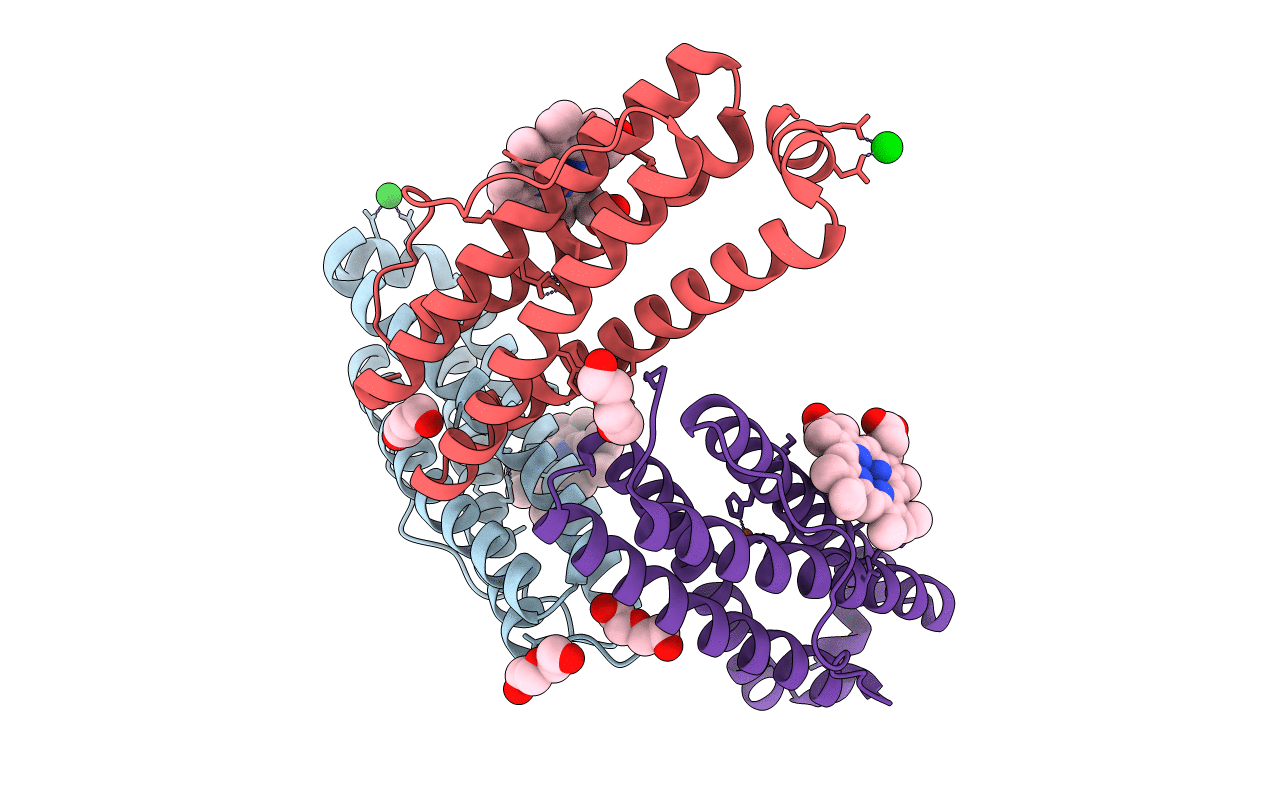
Deposition Date
2018-05-08
Release Date
2018-09-05
Last Version Date
2023-11-22
Method Details:
Experimental Method:
Resolution:
1.95 Å
R-Value Free:
0.18
R-Value Work:
0.14
R-Value Observed:
0.14
Space Group:
I 4 2 2


